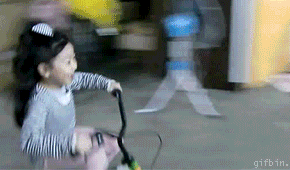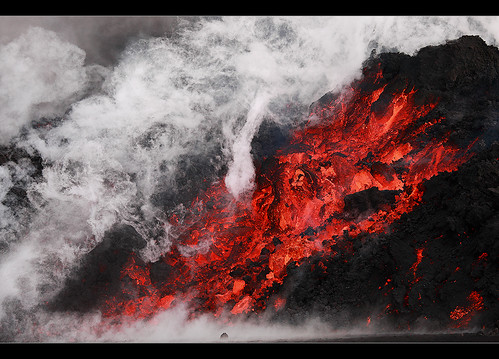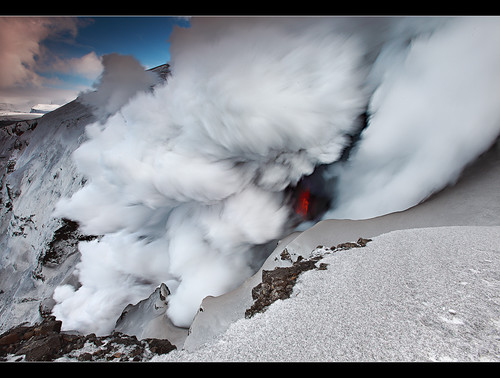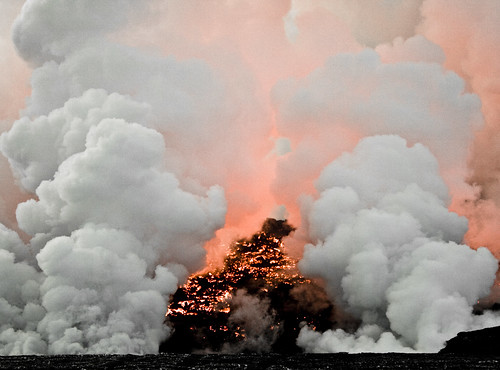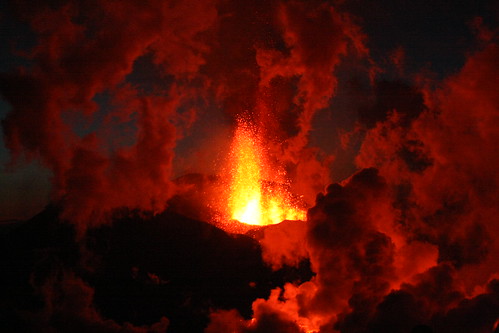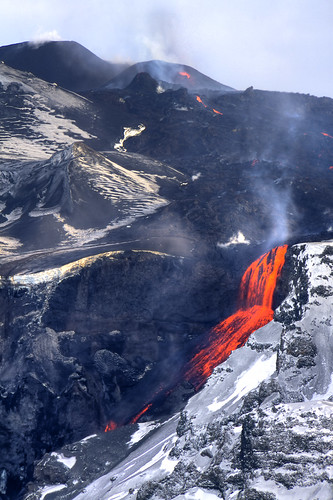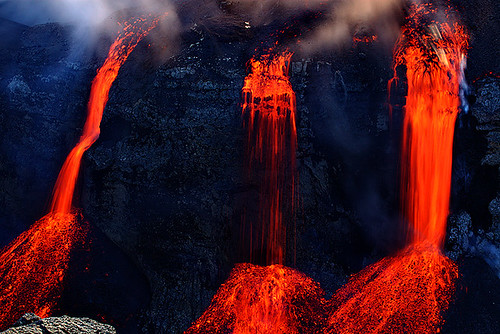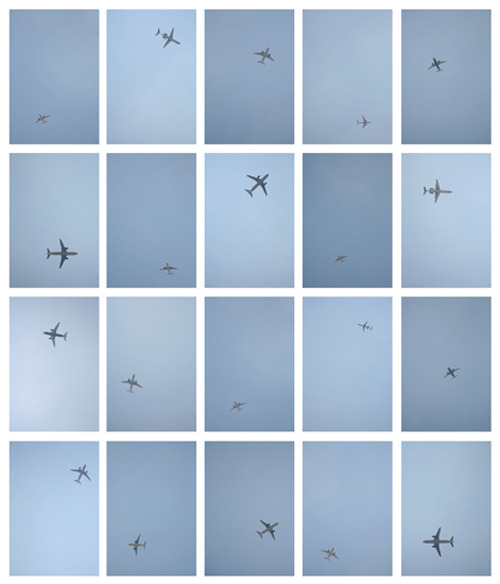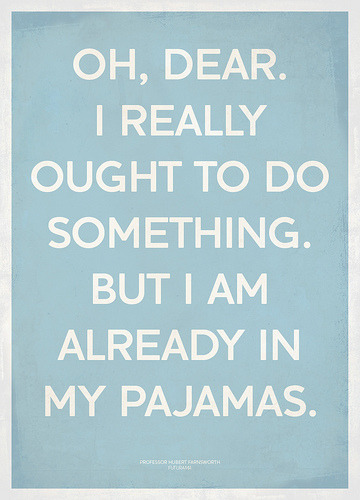
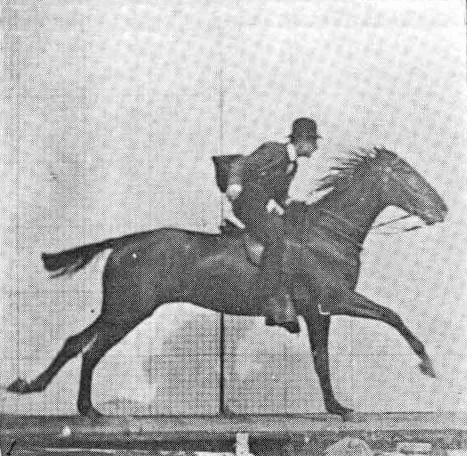


Lifted straight out of
NPR
by NEDA ULABY
April 13, 2010
Eadweard Muybridge fundamentally changed how we think about photography. The images he produced in the late 19th century -- sequential photographs of men walking, or horses at a gallop, their movements broken down frame by frame -- have become iconic. Now, the largest retrospective of his work ever assembled is starting a multicity tour at the Corcoran Gallery of Art in Washington, D.C.
Muybridge's freeze-framed images of galloping horses made photography a medium about time and motion; in a series of images displayed in a grid, the animal is captured at split-second intervals, aloft and elastic.
Curator Philip Brookman organized the exhibition at the Corcoran. Because the animal's movement was too fast for the human eye to register, Brookman says that there was a huge scientific debate in the 1870s over the question of whether all four hooves of the horse ever left the ground simultaneously. Muybridge's astonishing photographs settled the debate, though some remained skeptical.
"Many people didn't believe it," Brookman says of the public's response to Muybridge's photos. "They thought they were fake because the horse looked so strange."

Kingston Museum and Heritage Service
The zoopraxiscope, a device Muybridge developed to project moving images between 1879 and 1885.
Muybridge displayed images like the ones in his galloping horse by projecting them through a brass and wood contraption he invented called a zoopraxiscope. Brookman points out that the word is taken from Greek and means "animal action viewer."
Eadweard Muybridge, Nature Photographer
Muybridge got his start in the late 1860s by taking pictures of trees and rocks, and the exhibition at the Corcoran begins with his exquisitely composed landscapes of the Pacific Northwest's ethereal waterfalls and shadowy mountain ranges.
"The images are just spectacular," says Brookman. "These are the images that inspired Ansel Adams to photograph Yosemite Valley."

Kingston Museum and Heritage Service
Woman Dancing, 1893. Click to see
animated images by Muybridge and participate in a Muybridge-inspired contest on the Picture Show blog.
Eadweard Muybridge, Zoopraxographer is a 1970s documentary by filmmaker Thom Andersen that follows Muybridge's journey. The film, narrated by actor Dean Stockwell, relates how Muybridge, who traveled with a wagon outfitted with a darkroom -- he called it his "flying studio" -- and used the name "Helios" when displaying his photographs, "undertook a systemic survey of the wonders and curiosities of Western America."
Muybridge traveled widely, at a time when travel itself was changing dramatically: from horsepower to iron and steam. As trains cut down the time it took for people to move through space, Muybridge ventured beyond even the new boundaries, rappelling into treacherous crevasses and hauling his equipment to remote Alaskan villages.
Muybridge was tall and athletic -- Andersen's documentary notes that when his packers refused to follow him, he would carry his equipment himself -- but also willful and strange. In San Francisco, he married a girl half his age. She began an affair with an explorer named Harry Larkyns; when Muybridge discovered the affair, he shot Larkyns dead.
Muybridge was acquitted in court, but after the episode he abandoned his child in an orphanage and ran off to Central America to shoot pictures. His wife became sick and died.
In 1982, Philip Glass premiered an opera about the tragedy called The Photographer. The opera mimicked themes -- including musical repetition and incremental changes that carry great meaning -- running throughout Muybridge's work, says Brookman. He says Muybridge has influenced countless artists, from Degas to Sol Lewitt. The bands U2 and the Crystal Method have based music videos on Muybridge's work. Even contemporary filmmakers using the latest technologies still crib from his textbook.
"The breaking down of motion that you see in The Matrix comes directly from the animal locomotion project, where you see one moment in time depicted from all these different angles," Brookman says.
His Masterpiece
At the University of Pennsylvania, Muybridge began work on a series of photographs that would make up a sort of encyclopedia of motion. According to Andersen's documentary, Muybridge's encyclopedia "encompassed 20,000 positions assumed by men, women and children, clothed and naked, and by birds and animals."
Muybridge borrowed dozens of exotic animals from the Philadelphia Zoo, including elephants, antelopes and zebras. He set up as many as 30 cameras and took over a Philadelphia racetrack. He shot them strolling, cantering and running on the track. He photographed people -- wrestling athletes, legless amputees struggling onto chairs, ordinary folks opening umbrellas. His idea was to break down motion so it could be studied by scientists.
Andersen says that Muybridge bridged the gap between science and art. Andersen's documentary notes that he "made no attempt to spare his models from embarrassment or discomfort. He had them walk on all fours, crawl on their hands and knees."
And he had his nude female models do some things that may raise eyebrows today.
"You know, if you're seeing a picture of a woman smoking, frame by frame raising the cigarette to her mouth, with another woman kind of leaning over her, both of them nude, it's very voyeuristic the way he's looking at everything so closely, and it's very hard today to know what Muybridge is thinking," Brookman says.
Even if we can't read Muybridge's Victorian mind, something about his work feels very contemporary. Maybe it's the strong graphic appeal, the contrast between organic animal and grid. Maybe it's because his photos are from a moment, not unlike ours, when conceptions of time are in flux. Suddenly, now you can send snapshots by cell phone in seconds across the world.
Labels: buffalo galloping, camel racking, dancing woman, Eadweard Muybridge, horse galloping, leap frog, neda ulaby, npr, paralytic child, twisting aerial flip

